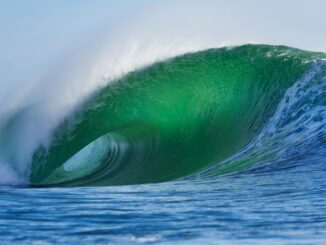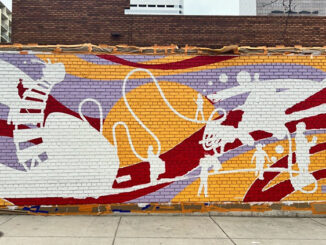
Reporters gathered in rooms as far-flung as Taipei, Taiwan; Santiago, Chile; and Brussels, Belgium. Across the world, people watched live on the Internet. Everybody wanted to know if it was true. Soon they had their answer.
Dr. Sheperd Doeleman, the director of the Event Horizon Project stood before the world and said, “We have seen what we thought was unseeable. We have seen and taken a picture of a black hole.”
A black hole is a dense part of space. The gravity inside a black hole is so strong that nothing, not even light, can escape its pull. Scientists first suspected the existence of black holes as a consequence of Einstein’s Theory of General Relativity, a theory about the forces that hold the universe together. They have been able to observe evidence that black holes exist, but never captured an image of one before.
There were two challenges to getting an image of a black hole. First, if no light can escape a black hole, how can you take a picture of it? The Event Horizon Telescope Project solved that problem by using radio waves [electromagnetic waves used for long-range communication] to capture an image of the black hole’s shadow against the glowing material falling into it.
The team had an even bigger problem because of the enormous distance between the Earth and a black hole. Scientists say that the black hole is so far away that seeing it is like trying to see an orange on the surface of moon. For a telescope to be that powerful, it would need to be as big as the whole planet!
Instead, the Event Horizon Telescope Project used eight different radio telescopes from around the world. Over two hundred scientists worked together for over two years to transform the data [information] from the telescope into an image of a black hole.
Now, the world has an image of one of the most mysterious objects in the universe!
What Do You Think? Why do you think it’s important to learn about the universe we live in?
Photo Credit: EHT Collaboration



